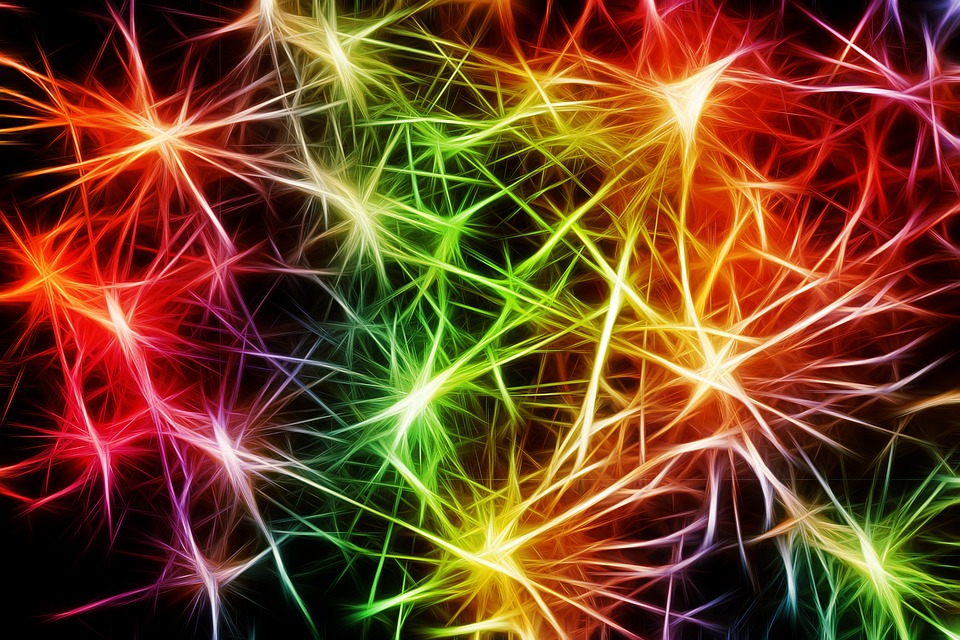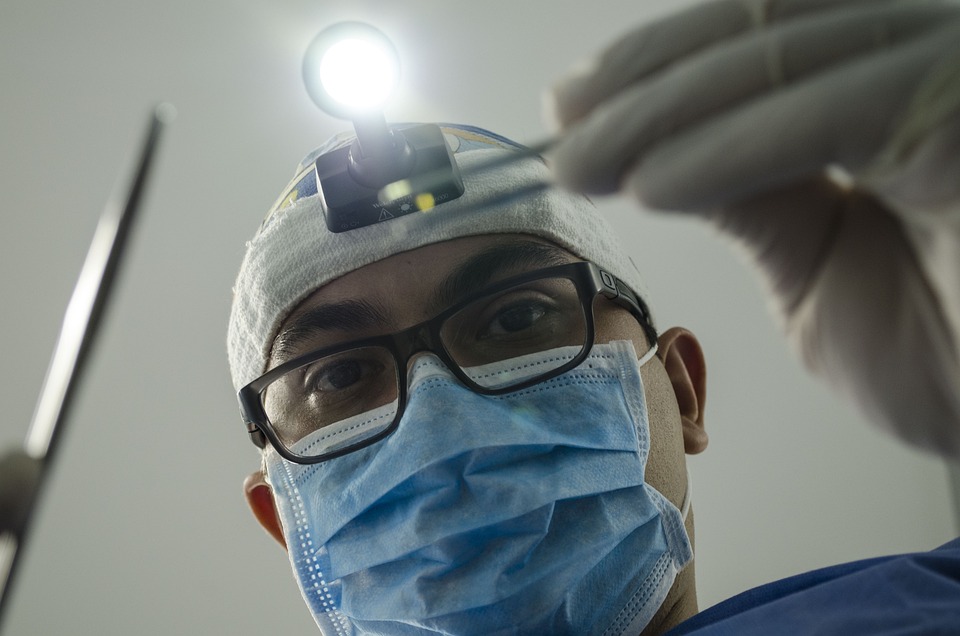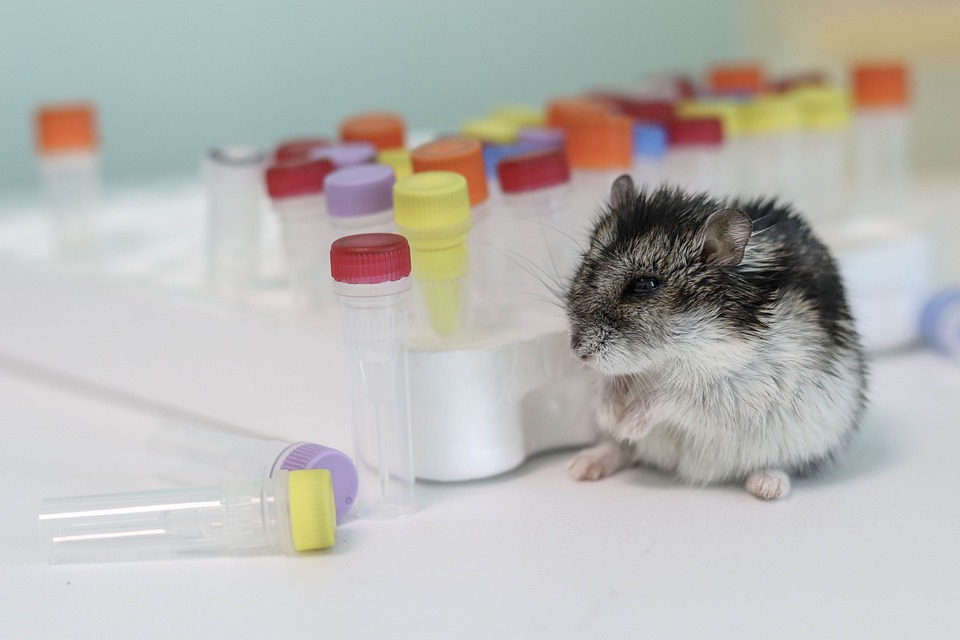The Brain’s Itchy Signals: Deciphering the Code That Makes Us Scratch Our Bodies
Have you ever wondered why you can’t stop scratching that annoying itch on your arm or behind your knee? It’s not just a simple reflex, but rather a complex interplay between your brain, nervous system, and skin. In this article, we’ll delve into the fascinating world of itch signals and uncover the code that drives us to scratch.
The Itch Signal Pathway
The itch signal pathway is a intricate network of neurons, receptors, and neurotransmitters that work together to detect and respond to itch stimuli. Here’s a simplified overview of the process:
- Itch receptors: Specialized receptors on the skin, known as itch receptors, detect specific chemical signals, such as histamine or serotonin, released by the body.
- Neurons: These receptors send signals to adjacent neurons, which transmit the information to the spinal cord.
- Spinal cord: The spinal cord processes the itch signal and sends it to the brain for interpretation.
- Brain: The brain analyzes the signal and determines the location, intensity, and nature of the itch.
The Brain’s Response
When the brain receives an itch signal, it triggers a response to alleviate the sensation. This response involves the release of neurotransmitters, such as dopamine and serotonin, which create a sense of relief. The brain also adjusts the sensitivity of the itch receptors to prevent over- or under-stimulation.
Why Do We Scratch?
Scratching is the body’s natural response to itch. When we scratch, we stimulate the skin, releasing histamine and other chemicals that further enhance the itch sensation. This creates a self-reinforcing cycle: the more we scratch, the more we itch, and the more we scratch.
The Functions of Scratching
Scratching serves several purposes:
- Relief: Scratching relieves the itch sensation, providing temporary relief.
- Removal of irritants: Scratching can remove allergens, insects, or other irritants that cause itching.
- Stimulation of nerve endings: Scratching stimulates nerve endings, releasing neurotransmitters that create a sense of relaxation.
The Dark Side of Itch
While itch is a normal bodily function, excessive scratching can lead to various problems, including:
- Skin damage: Scratching can cause skin lesions, infections, and inflammation.
- Allergic reactions: Scratching can trigger allergic reactions, such as hives or eczema.
- Discomfort: Excessive scratching can lead to discomfort, pain, and social embarrassment.
Image: The Itch Signal Pathway
[Insert image: A simplified illustration of the itch signal pathway, showing the interaction between itch receptors, neurons, spinal cord, and brain.]
FAQs
Q: Why do some people experience intense itching after taking a warm bath?
A: Warm water can release histamine and other chemicals from the skin, leading to itching.
Q: Can you scratch an itch without consciously thinking about it?
A: Yes, the brain can automatically trigger a scratching response without conscious awareness.
Q: Are there any treatments for excessive scratching?
A: Yes, treatments such as antihistamines, corticosteroids, and topical creams can help alleviate itching and scratching.
Q: Can you train yourself to resist scratching?
A: Yes, mindfulness practices, such as meditation and deep breathing, can help individuals become more aware of their scratching habits and resist the urge to scratch.
By understanding the complex interplay between the brain, nervous system, and skin, we can better appreciate the intricate mechanisms that drive our scratching behavior. Whether you’re a science enthusiast or simply curious about the human body, the world of itch signals is sure to fascinate and intrigue.



